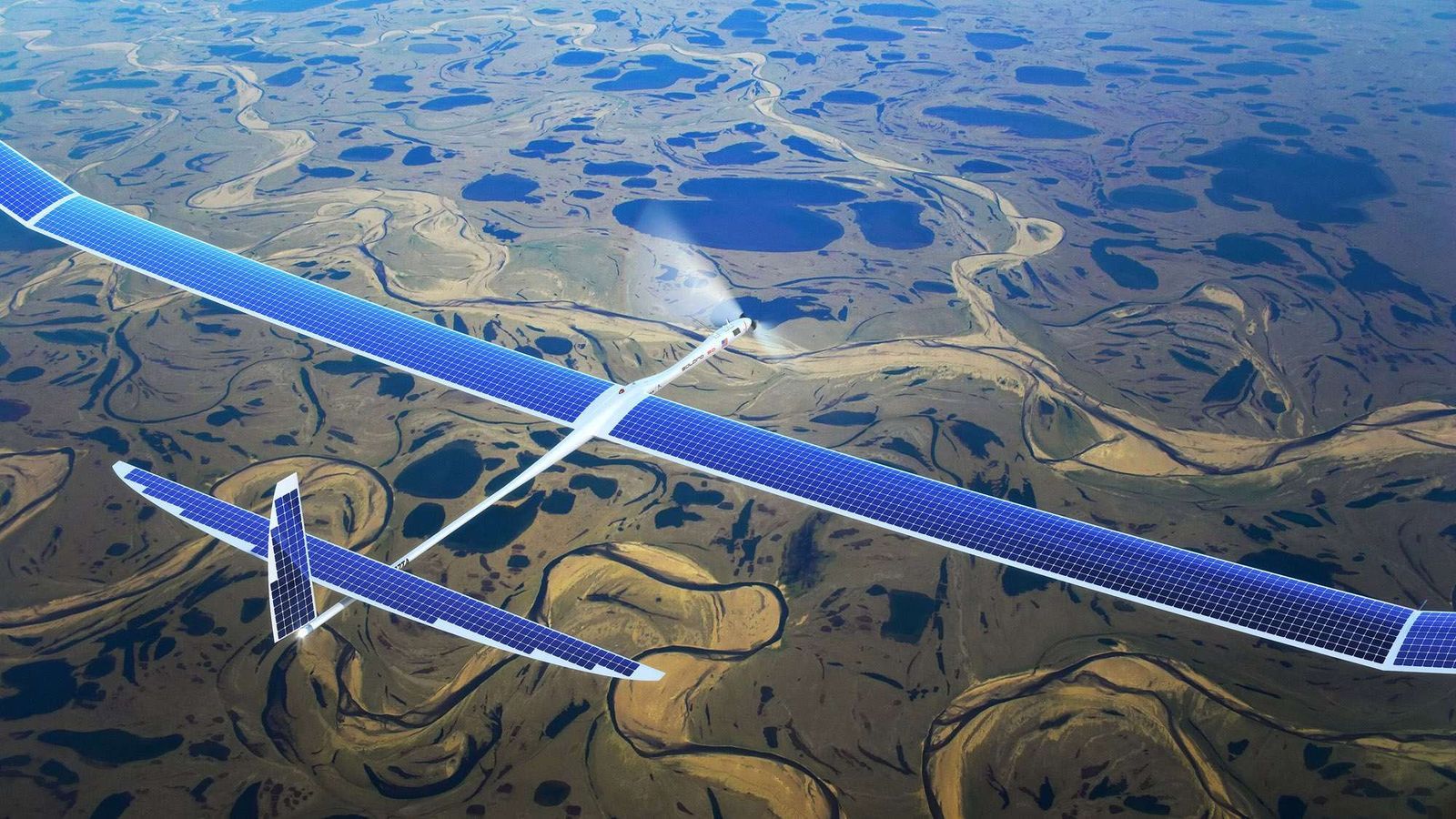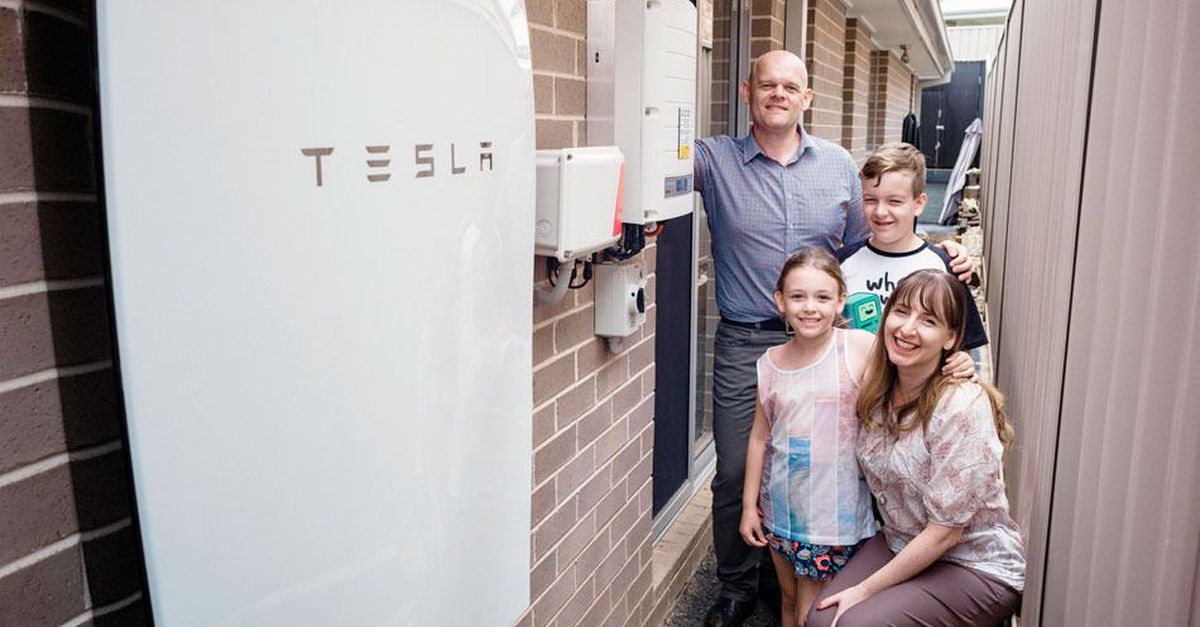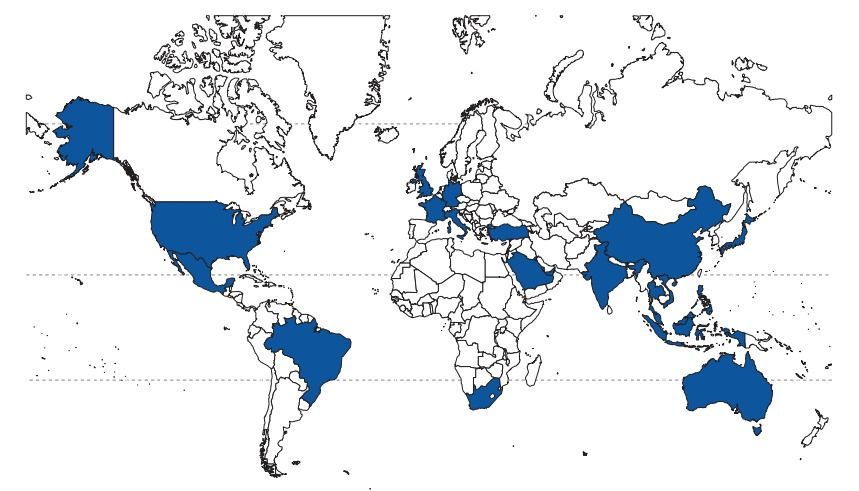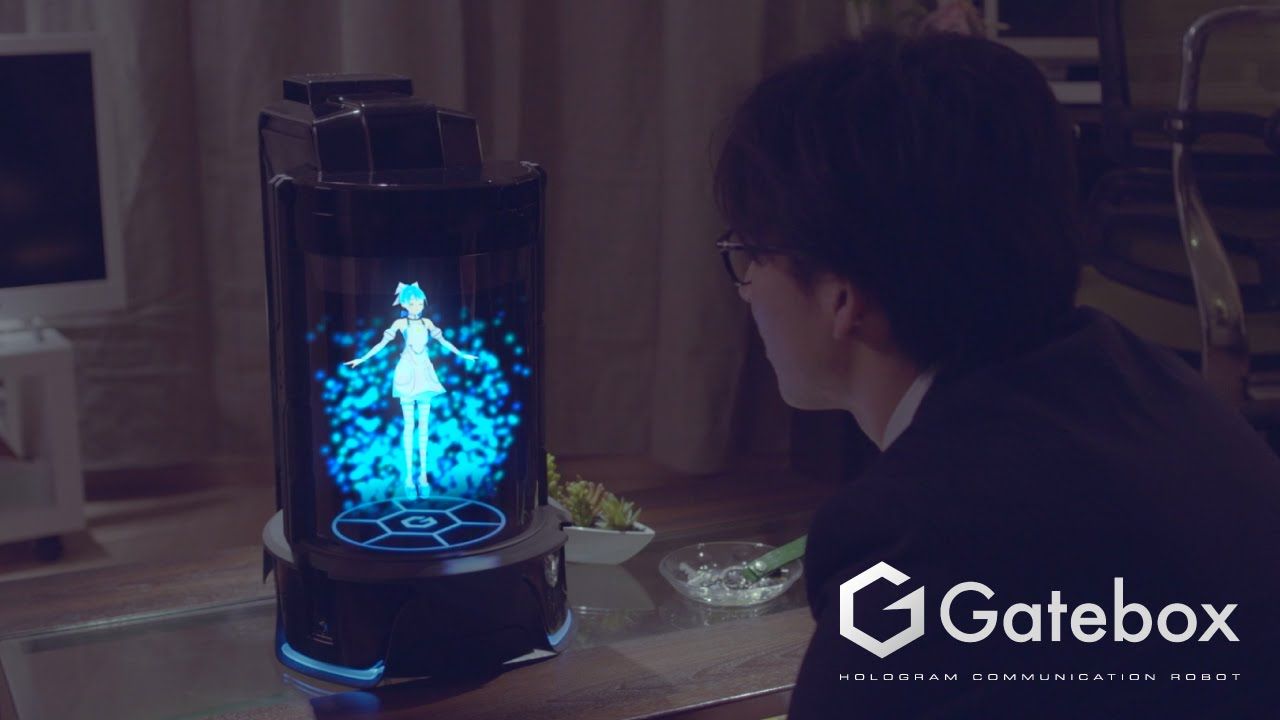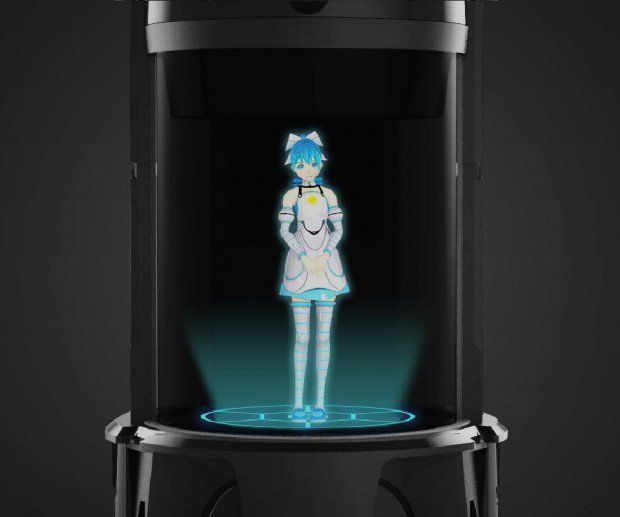Feb 1, 2016
Young Aussies thinking twice about car ownership: city futurist
Posted by Karen Hurst in categories: economics, employment, finance, habitats, robotics/AI, transportation
2 trends that is happening now especially with millennials: car ownership is no longer the desire; and home ownership is out of reach. And, this will impact at a minimum 4 industries — financial, real estate, auto, and insurance industries? Something that many in industry will need to get very creative in addressing to entice the future larger market consumers.
Young people no longer rush to buy their first car, meaning future cities need to think quickly about public transport and the emerging “share economy”, one of Australia’s leading urban futurists says.
Fewer people will “own a car”, “shared” driverless cars will be common and the “Uber” idea of sharing a ride will extend beyond an alternative to taxis, to ‘sharing’ homes, jobs, electric cars, hotel rooms and bikes by 2050.
Continue reading “Young Aussies thinking twice about car ownership: city futurist” »


